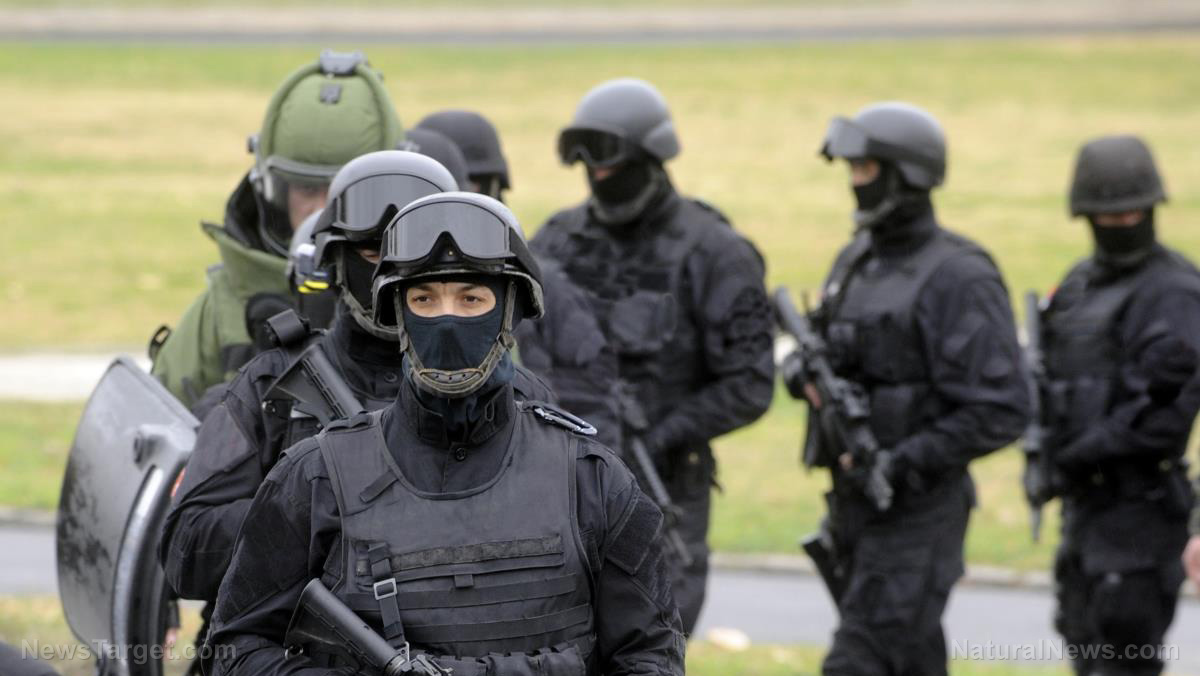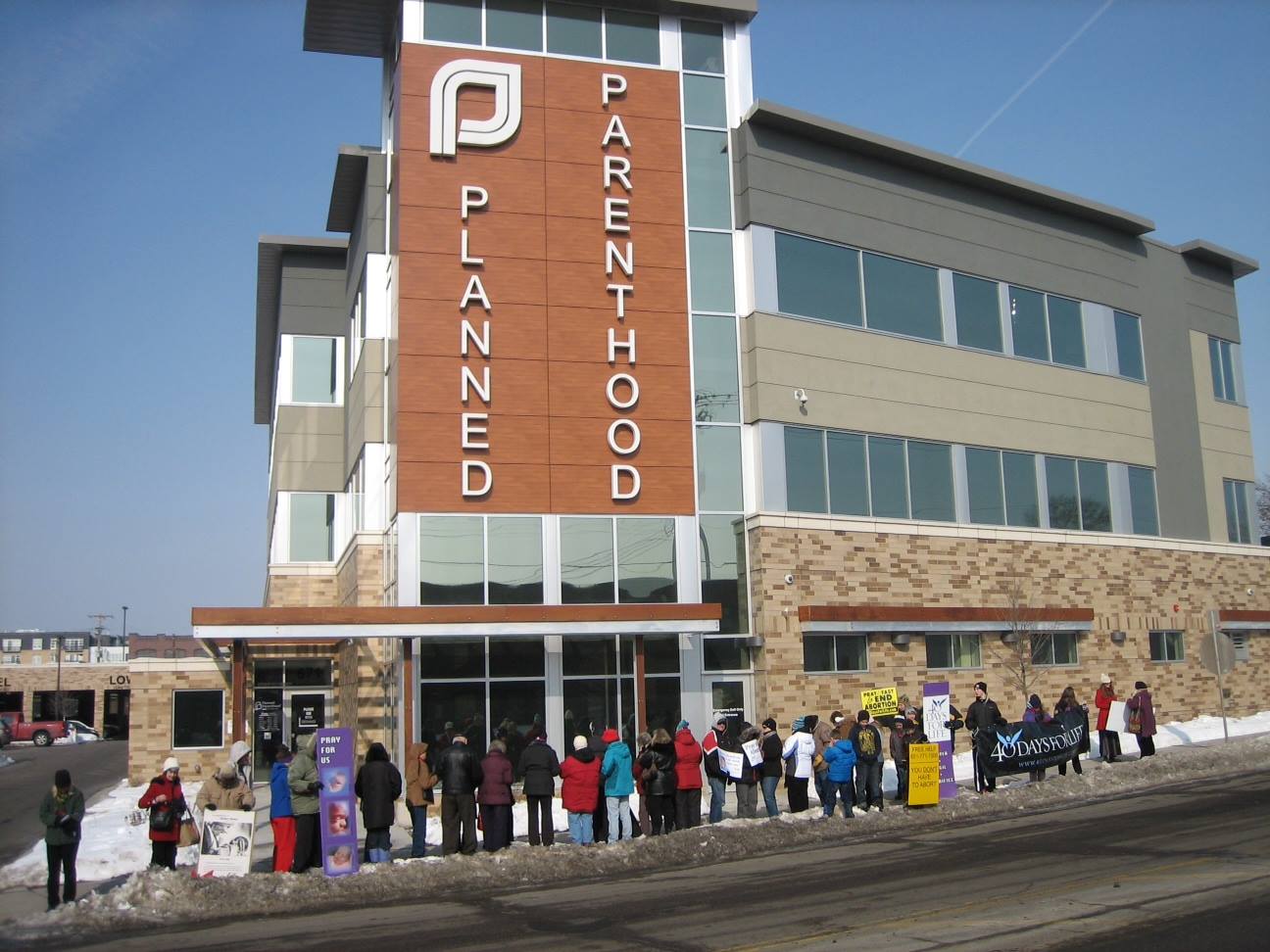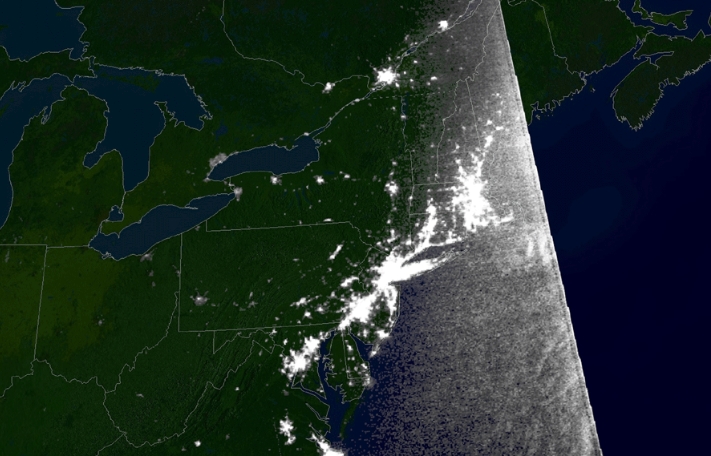What you need to start doing today to prepare for a nuclear attack
09/24/2019 / By Melissa Smith

A nuclear attack may not be a common disaster, but it is an event that you should be prepared for nonetheless. If it does happen, many people would probably die, but there are some things you can do to ensure your survival. Here are three phases of a nuclear attack and the things you can do to prepare for them:
Initial blast and radiation
The blast area of destruction is only five to seven miles away from any nuclear target, so instead of preparing against blast effects, just relocate immediately. If you are far enough away from an atomic blast, you won’t die from the initial flash from the bomb that could burn or vaporize you, and the shockwave that could smash down your house or pulverize you with debris.
You must immediately look away from even a distant explosion and go behind anything that may protect you from the instantaneous line-of-sight radiation and intense heat and light. It would be best to get inside your basement. If there is no basement, go to the farthest point inside a building, away from doors or windows. Blast effects may not be visible, but almost everyone would still have to deal with residual radiation from two weeks to a month. This is not that hard if you prepare in advance.
Immediate panic and lack of electricity and supplies
Russian and Chinese nuclear doctrine dictates the use of high-altitude Nuclear Electromagnetic Pulse weapons (EMP) just before a physical nuclear strike, which would create a power outage. This would likely cause panic as people would be forced to deal with darkness, lack of communication, and the scarcity of water.
Support our mission and protect your health: Organic Seeds of Life combines Red Raspberry Seed Power, Black Cumin Seed Power and Red Grape Seed Powder into the most potent nutrient-rich supplemental superfood powder you've ever experienced. Loaded with flavonoids, antioxidants, anthocyanins, OPCs, ALA and a vast array of vital nutrients. Learn more here.
A total loss of electricity may be your greatest immediate warning that a physical nuclear strike is about to occur within 15 or 20 minutes. It may be a short period, but it would give you time to go to your secured home, warn your family, or retreat immediately without getting caught in major traffic. Identify shelter locations near where you spend plenty of time, such as your home, work, or school. Know beforehand which freeways to avoid and secondary roads to use. Map out routes that would allow you to cross any freeways at an over- or underpass not associated with an on-ramp or an exit. (Related: If nuclear war breaks out, which U.S. cities would be targeted first?)
Long-term famine and social unrest
A nuclear attack may cause long-term famine and social unrest, and these would go into full swing within three days. These may even last more than a year depending on how quickly the parts of the grid could come back up and how well the industry can re-establish supply lines. So, it is important to have your long-term food and water supplies always at the ready. It may also be difficult to grow a garden in a suburban area where levels of social unrest are high and lots of looters may be present.
In addition to food and water supplies, you must also have the following in your bug-out bag:
- A battery-powered or hand-crank radio.
- Can opener for food.
- Dust mask.
- First aid kit.
- Flashlight and extra batteries.
- Local maps.
- Moist towelettes, garbage bags, and plastic ties for sanitation.
- Whistle to signal for help.
- Wrench or pliers to turn off utilities.
Preparedness may be what saves you from any disaster, no matter how uncommon. Read more tips on how to prepare for nuclear accidents and other disasters at Preparedness.news.
Sources include:
Tagged Under: atomic, bomb, bug out, catastrophe, chaos, disaster, explosion, nuclear attack, nuclear explosion, nuclear war, nuke, off grid, panic, preparedness, prepper, prepping, radiation, survival, survivalist
RECENT NEWS & ARTICLES
COPYRIGHT © 2017 COLLAPSE.NEWS
All content posted on this site is protected under Free Speech. Collapse.news is not responsible for content written by contributing authors. The information on this site is provided for educational and entertainment purposes only. It is not intended as a substitute for professional advice of any kind. Collapse.news assumes no responsibility for the use or misuse of this material. All trademarks, registered trademarks and service marks mentioned on this site are the property of their respective owners.


















